Check our opening times and prices
Buy your ticket in advance
Prepare your visit to the battlefield
Check our opening times and prices
Buy your ticket in advance
Prepare your visit to the battlefield
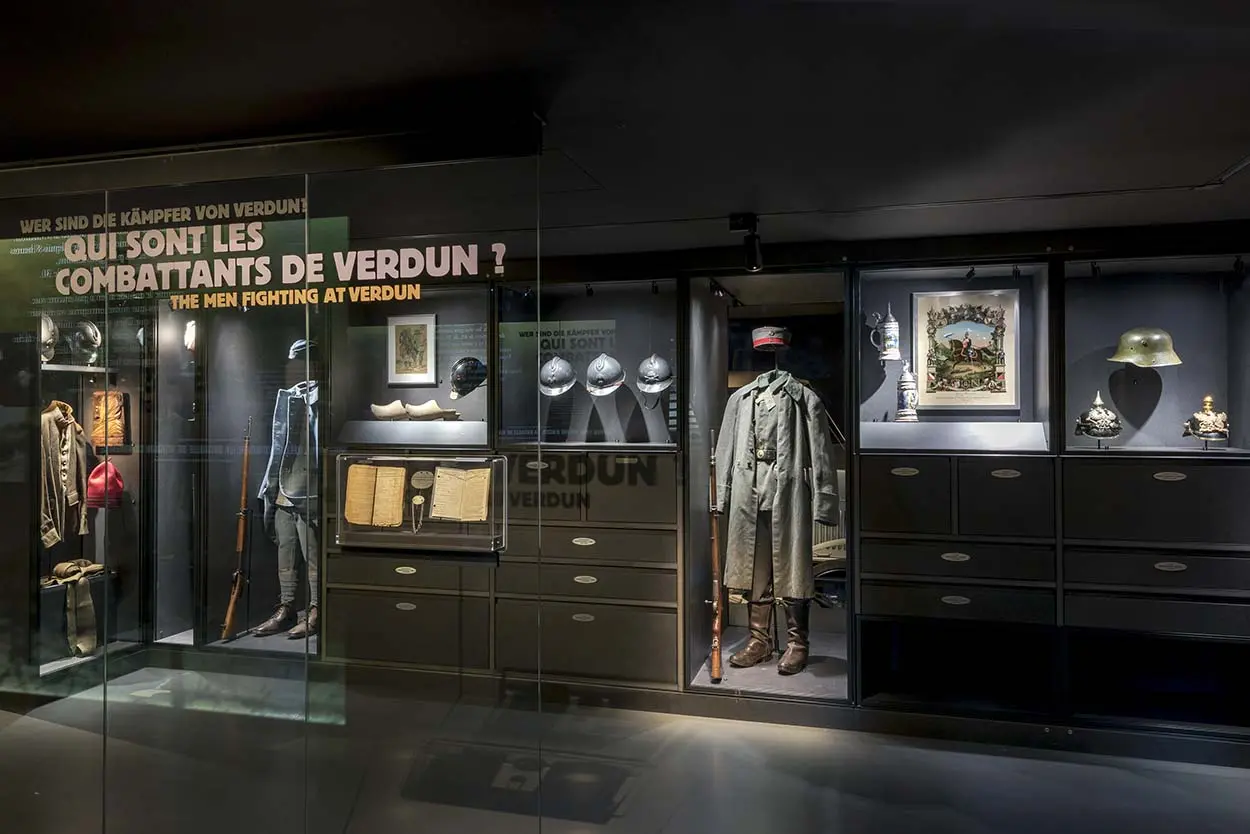
The museum is open from 9:30 a.m. to 5:30 p.m. every day.
Take advantage of our combined tickets to visit the Memorial and the fort at a special rate.
In addition to the Verdun Memorial, the Verdun Battlefield is full of places to explore.
The Memorial Cafeteria offers light meals and snacks (sandwiches, pizzas, paninis, salads, pastries, ice creams and more).
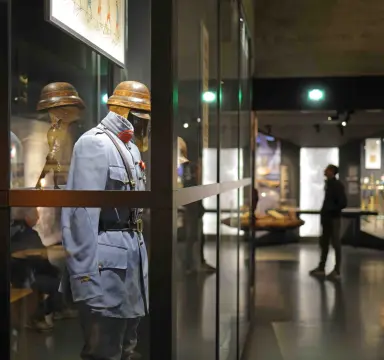
True to the vision of the founders, the 1916 battlefield experience remains at the heart of the Memorial. Set in a glass cage, overlapping screens offer 100 square metres of images. The brand-new audiovisual show projected on them conveys the violence of the battle and the ground shakes as the shells rain down. The show brings together archive images and the art through which the soldiers expressed their experiences. All around the audiovisual exhibit, in cases of rough-hewn timber, are day-to-day objects used by the troops, modest and fragile evidence of their presence. They bring us a different vision of the battle, of the soldiers as people. Further on, with the roar of motors and archive images, the lorries and guns advancing along the Voie Sacrée ("Sacred Way") show the logistics that were involved in the colossal battle. At the end of this first level, visitors enter a small space, tucked under the battlefield screens. This is where you gain an idea of what it was like to be a soldier, sheltering in a shell hole on the battle’s front line.
The first floor explores the battle environment. Who commanded the battle? What was life like behind the French and German front lines? What role did aircraft play in this, history’s first air battle? There is also an opportunity to peep over the shoulder of a soldier on leave. The last section of the visit is dedicated to the heroic work of the medical staff. The tour ends in the original entrance hall, with a display on the history of the Memorial.
The top floor is bathed in light and offers views over the surrounding area. Visitors can step out onto the terraces and view the landscape. Multi-media kiosks tell the story of the battlefield. Using modern aerial images, they point out the scars left by the war, concealed today by the forest. Virtual reality headsets offer visitors a different viewpoint on the battlefield, before, during and after the fighting. This floor also houses the temporary exhibitions space, as well as a documentation centre, open by appointment.
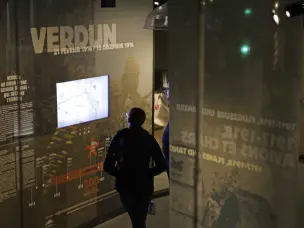
Closing days: 24 and 25 December 2025 and from 5 January to 1 February 2026 inclusive.
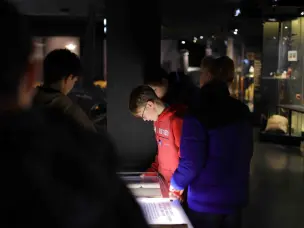
Take advantage of our combined tickets to visit the Memorial and the forts at a special rate.
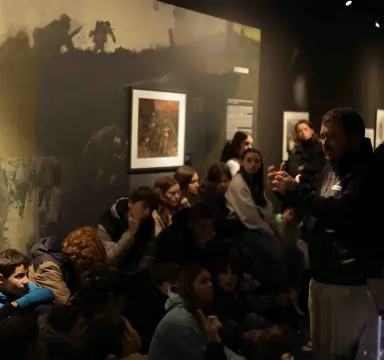
We welcome school groups from primary and secondary schools to our sites and to the Verdun Battlefield throughout the year, to assist you in passing on the history of the Great War and the Battle of Verdun.
We are delighted to welcome groups to the Memorial and Fort Douaumont throughout the year. A group consists of a minimum of 20 people. Bookings are required for all group visits.
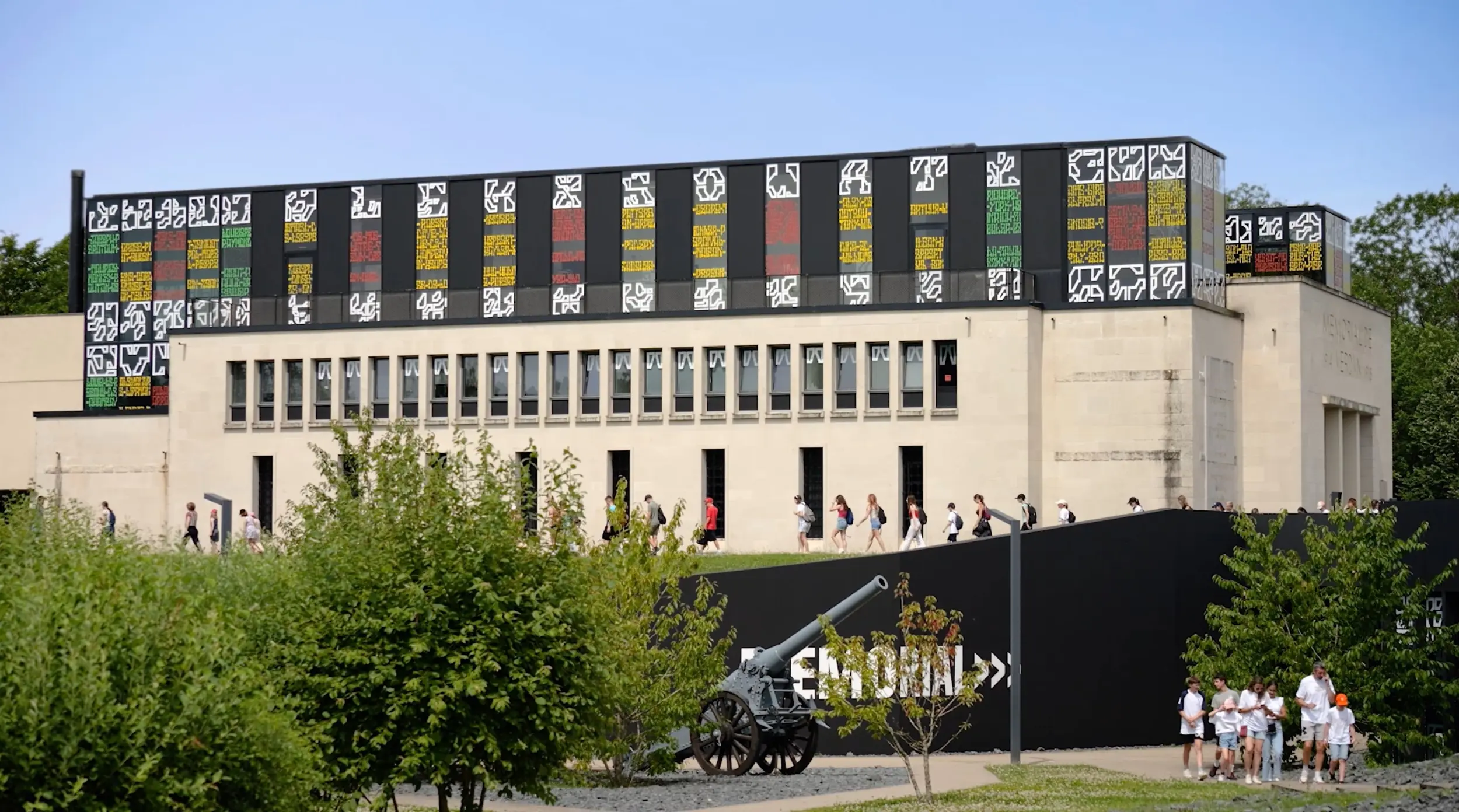
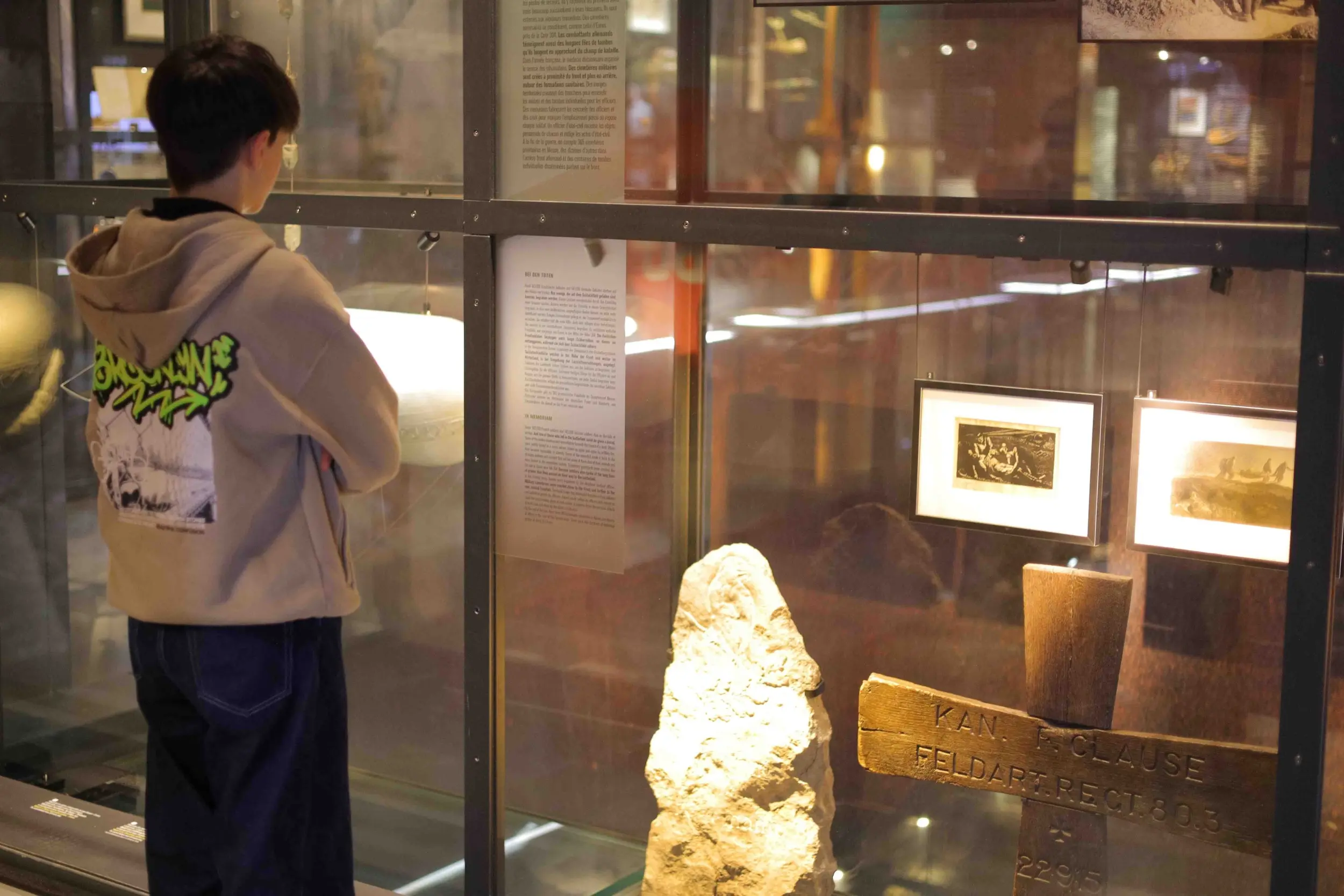
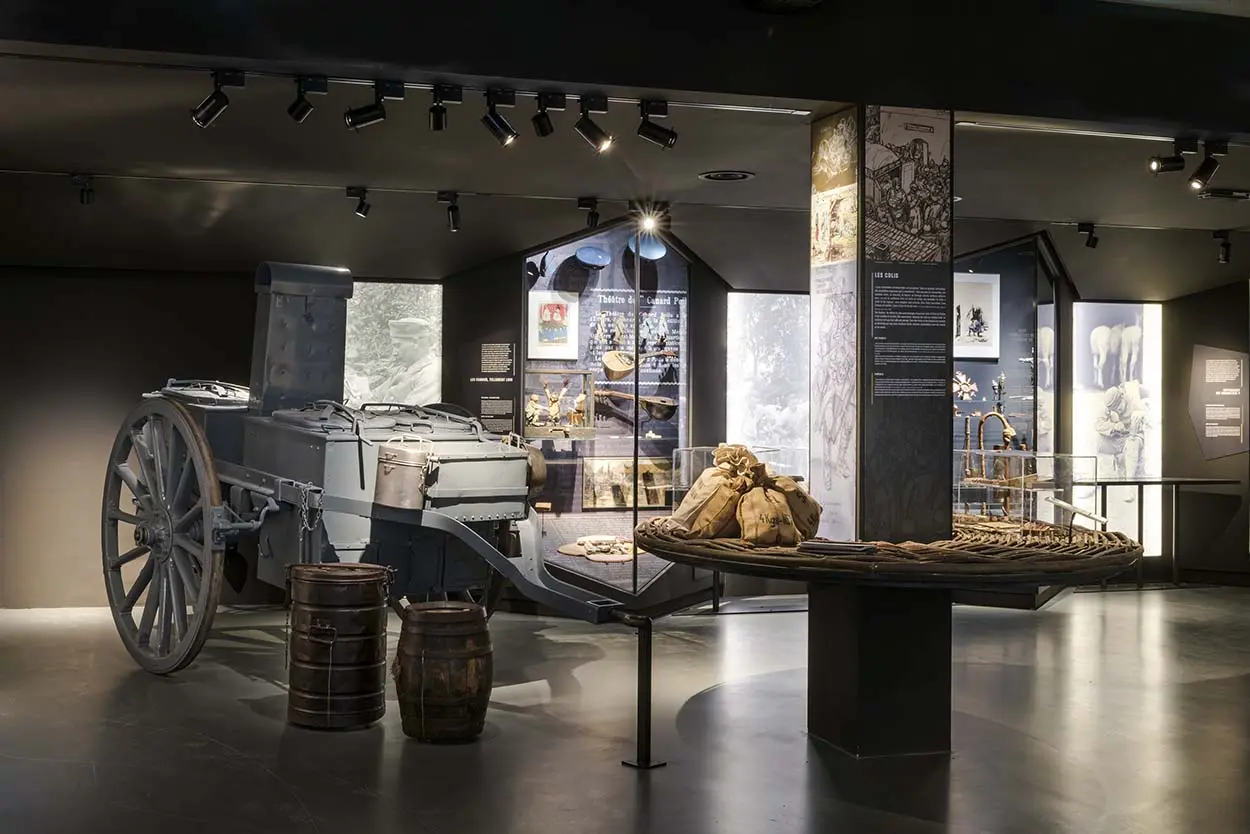
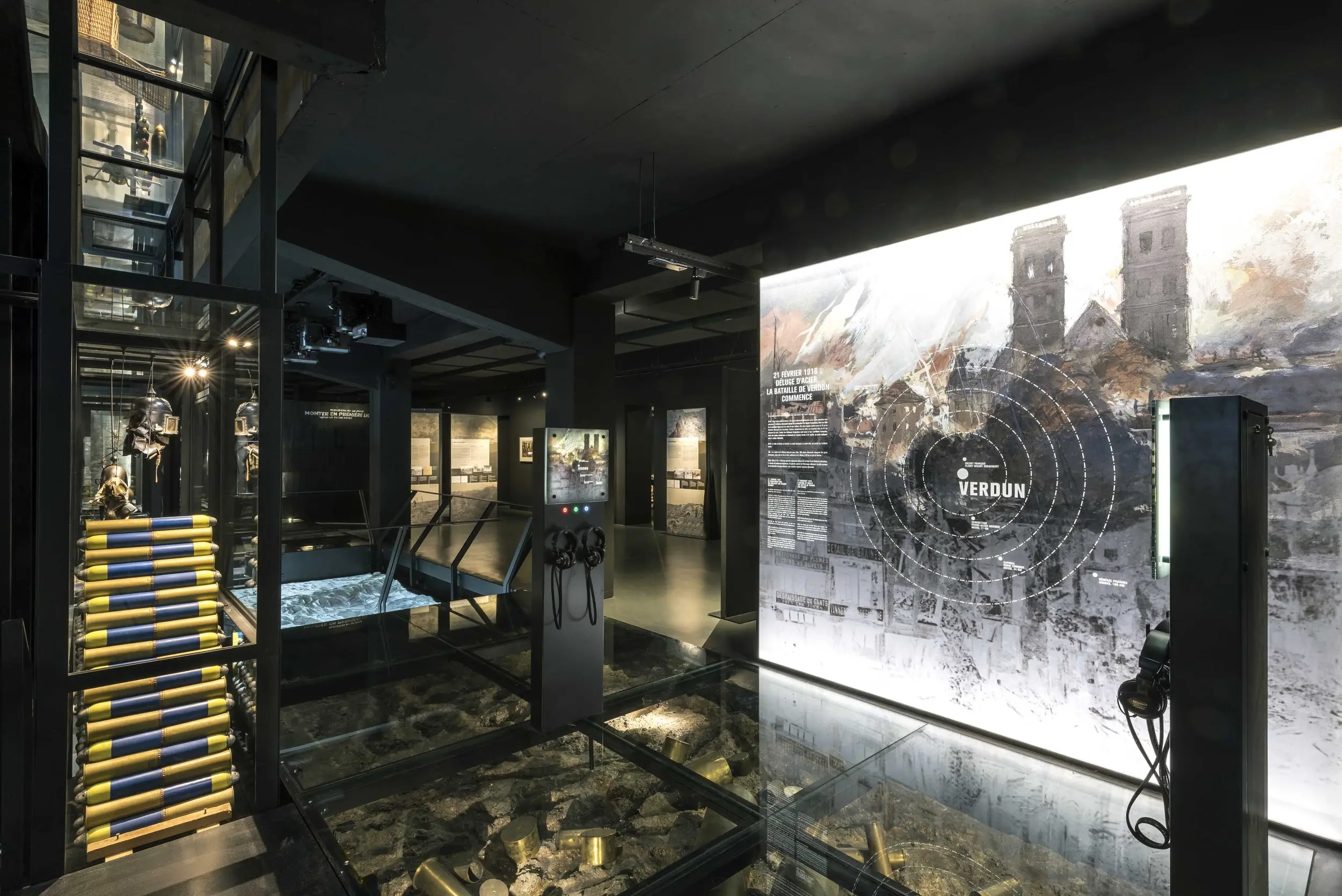
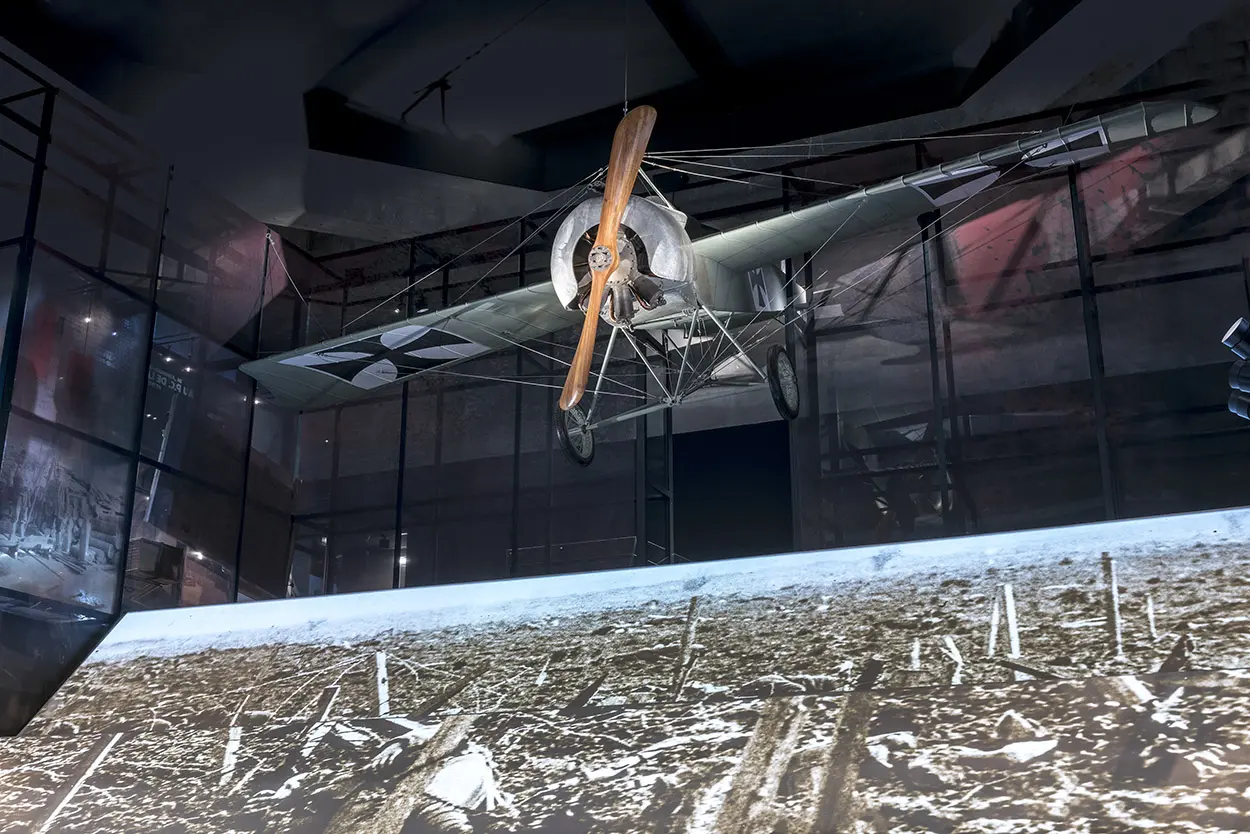

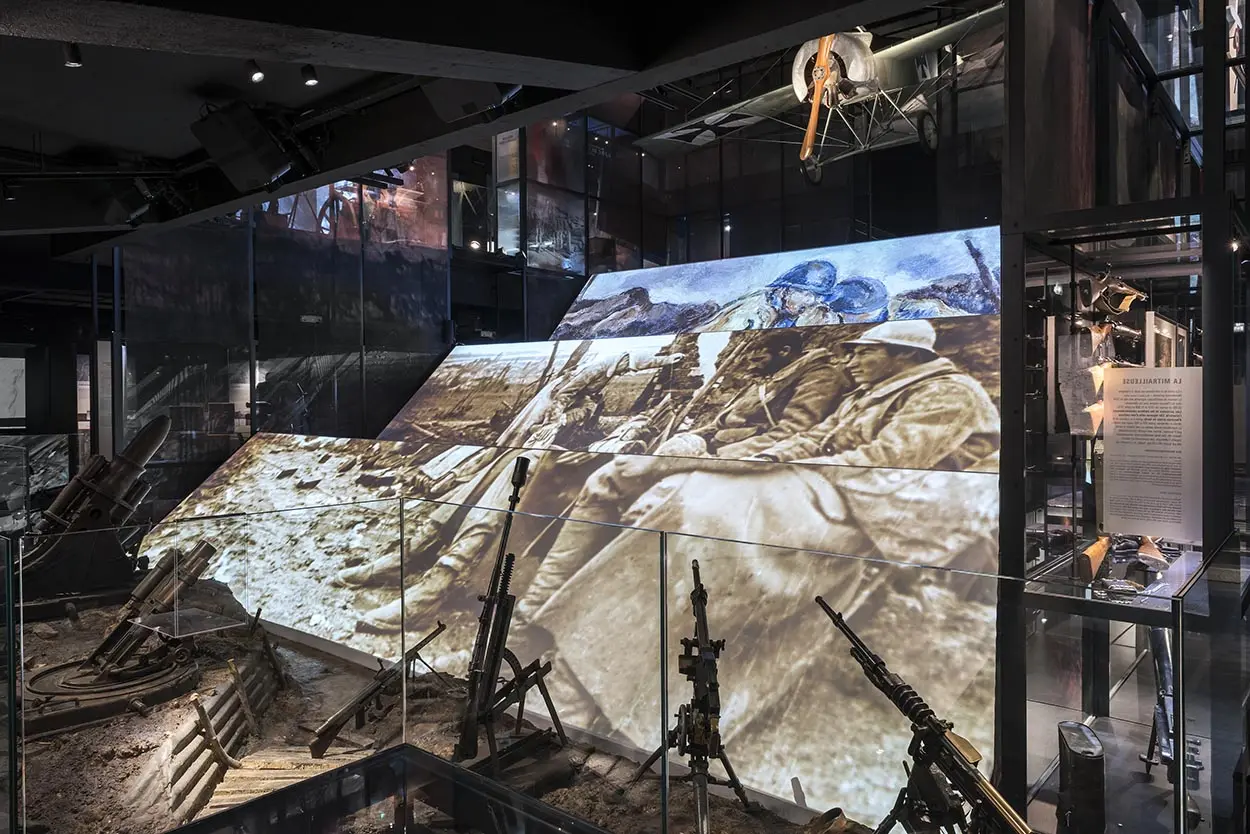
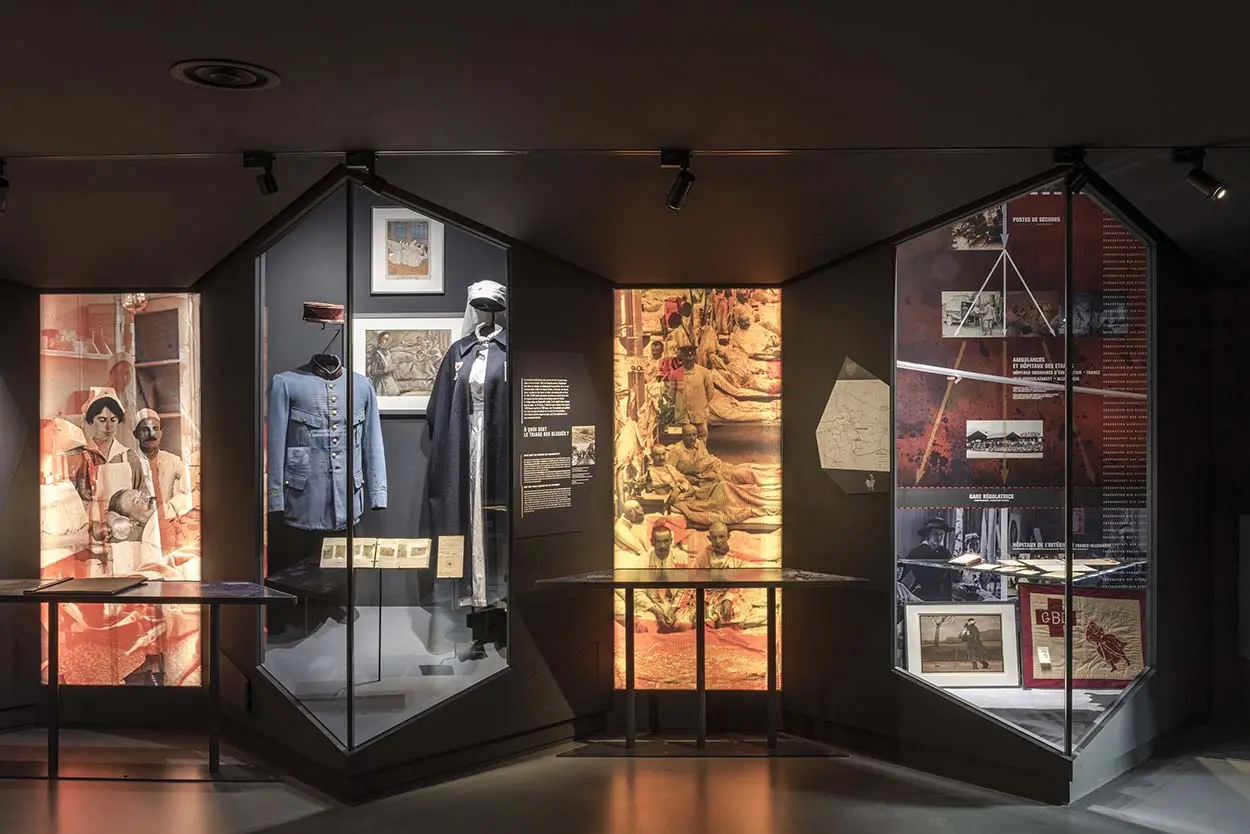
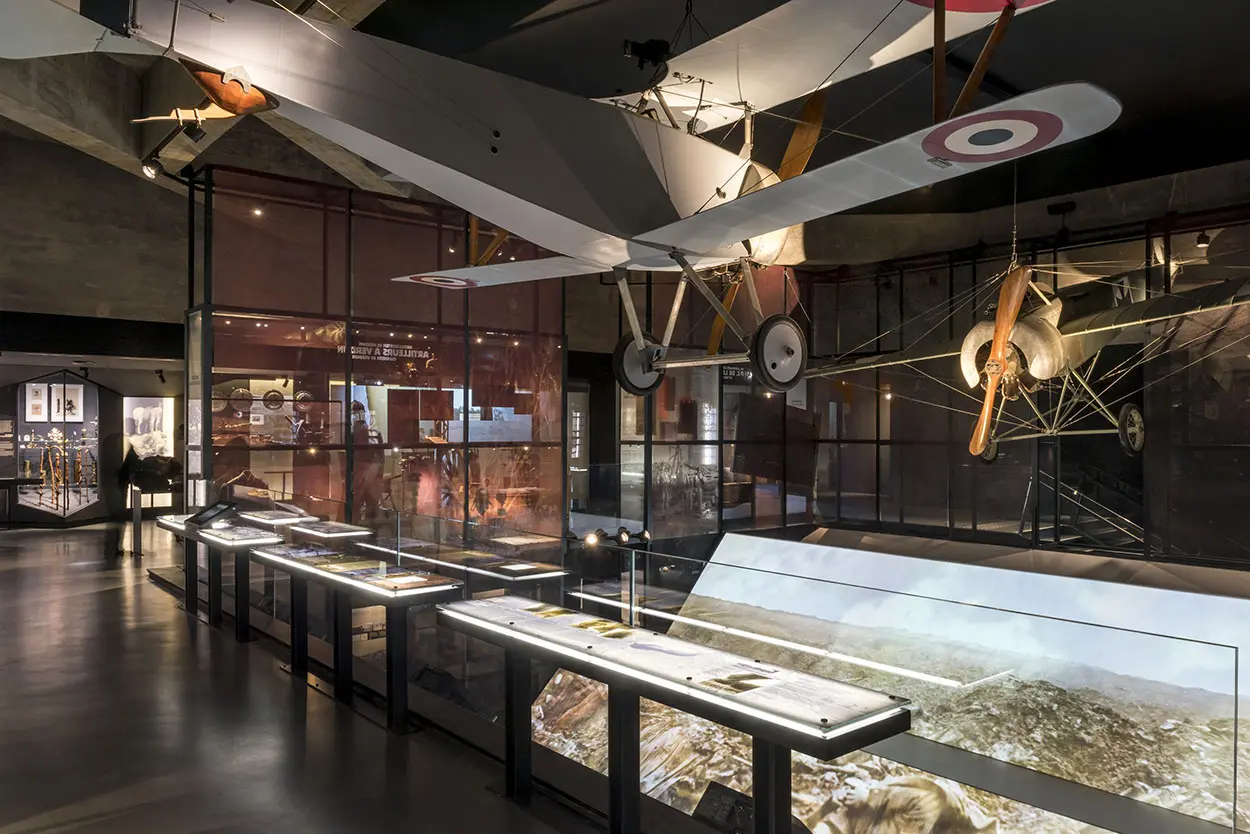
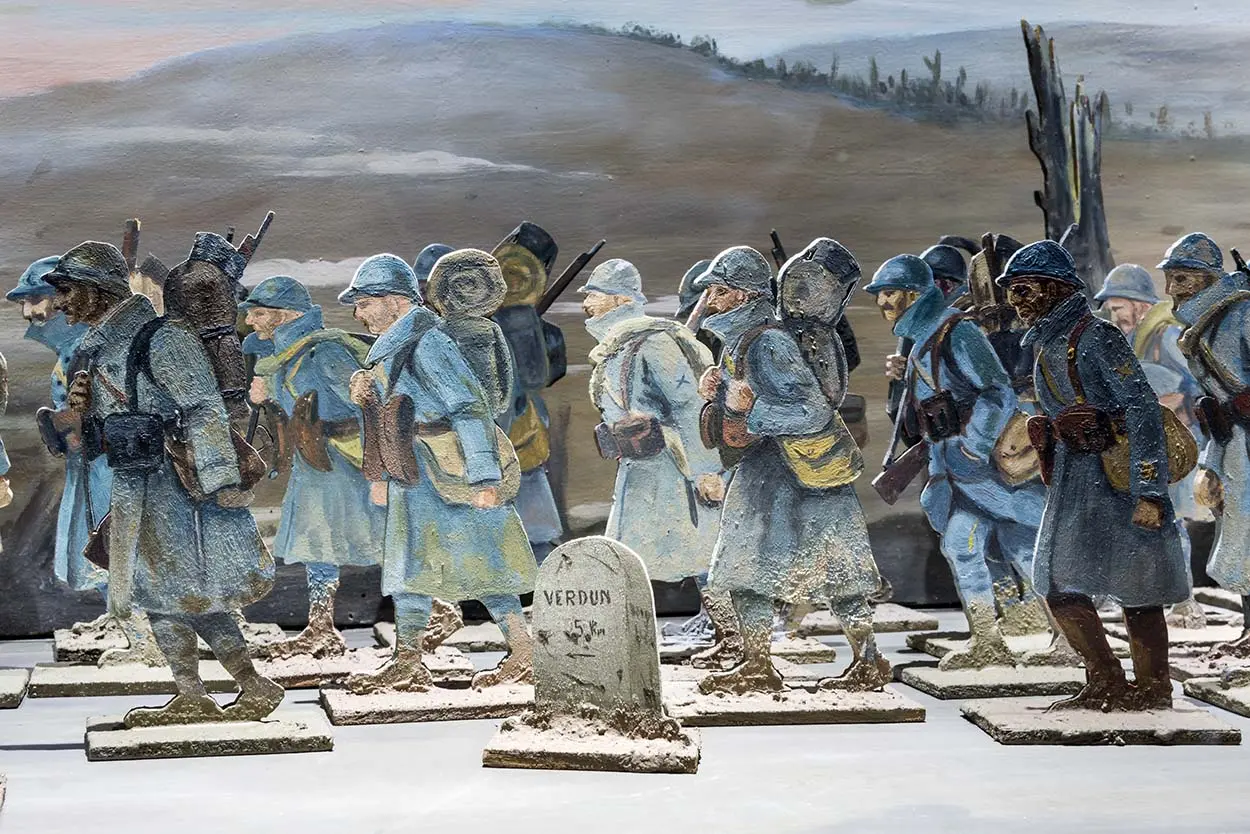
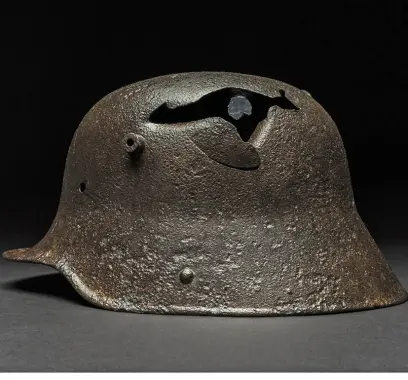
At Verdun Memorial, more than 2,000 objects from the collections are on display.
Getting here
Verdun Memorial is at the heart of the Verdun Battlefield, on the hills above Verdun. The Memorial was built on the site of the former station at Fleury-devant-Douaumont, a village which was destroyed during the battle. There are two EV charging points in the Memorial car par reserved for Memorial visitors.